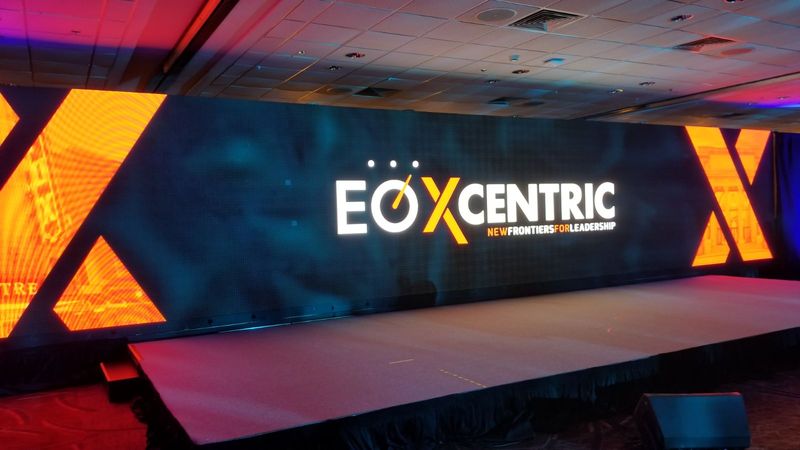Exploring the Diverse Integration Options Available for Light Emitting Diode Wall Modules
Exploring the Diverse Integration Options Available for Light Emitting Diode Wall Modules
Blog Article
Light Emitting Diode wall units have gained traction for their ability to deliver crisp imagery in various settings, from professional environments to event venues. One of the primary aspects of these panels is their connectivity capabilities, which allow users to connect them to multiple devices and systems. Comprehending the diverse input options supported for LED wall panels is essential for maximizing their use and effectiveness. This discussion details these options, showcasing how they can cater to specific needs and preferences.
One common interface method for Light Emitting Diode wall panels is HDMI. HDMI is widely known for delivering high-quality video and audio signals between components. This interface type is particularly beneficial in business settings, such as meeting spaces or training rooms, where visual content or video content are often shared. By using HDMI cables, users can seamlessly link laptops, projectors, and streaming devices to Light Emitting Diode wall panels, guaranteeing a clear and dynamic display of media.
Another popular connectivity option is Display Port, which is similar to HDMI but offers enhanced benefits. DisplayPort can support higher refresh rates and display outputs, making it an ideal choice for interactive media or graphic-intensive applications. For those deploying Light Emitting Diode wall panels in environments where performance is essential, such as competitive gaming venues or design studios, DisplayPort can provide the required visual clarity. Moreover, many modern computers and graphics cards include DisplayPort connections, making it a convenient option for technology-oriented professionals.
In contrast to HDMI and DisplayPort, wireless connectivity methods are becoming increasingly prevalent in Light Emitting Diode wall panel solutions. Wireless connections allow operators to share content without the requirement for physical cables, enabling a streamlined and more flexible setup. Platforms such as wireless internet and Bluetooth enable users to connect smartphones, tablets, and laptops seamlessly to Luminescent Diode wall panels without tangled wires. This versatility is particularly beneficial in dynamic settings like trade shows or live functions, where rapid changes to displays are often required.
For extensive deployments or more intricate configurations, network connectivity through Ethernet is another viable option. Wired links provide a consistent and robust way to integrate multiple Light Emitting Diode wall panels within a network. This approach is customized lighting solutions ideal for digital signage use cases found in retail centers or transport hubs, where numerous panels may need to present synchronized content across a broad area. By using network cabling and routing hardware, operators can ensure that all connected panels receive consistent data and content efficiently.
Finally, it's crucial to evaluate the evolution of connectivity with technologies such as Universal Serial Bus-C and Thunderbolt Three. These newer connection types offer increased data transfer speeds and versatility by allowing one connector to handle both power delivery and data transmission. As more devices incorporate these standards, LED wall browse around this site panels equipped with USB-C ports will likely become more common. This evolution in connectivity not only enhances the functionality of LED wall panels but also aligns with the growing trend of minimalism in technology setups by minimizing the number of wires required.
In summary, examining the broad interface methods accessible for Light Emitting Diode wall panels uncovers many possibilities for operators across multiple industries. From conventional methods like HDMI and DisplayPort to modern wireless solutions and network connections, each option serves specific functions suited to distinct needs. Furthermore, emerging technologies like Universal Serial Bus-C promise further advancements in how users interact with LED wall panels. By understanding these connectivity alternatives, end-users can make strategic selections that optimize their overall engagement with these multifunctional visual solutions.
